Mick Cairns will never forget his dog’s reaction on the day he suffered a breakdown in front of his doctor.
The 45 Commando Royal Marines sergeant had just arrived back home in Kelty after seeing his GP when he noticed his rescue Springer-Cocker cross, Sam, was behaving in an unusual way.
“I walked in through the door and was just standing there,” he says.
“Then Sam came over, sat in front of me and started tilting his head to the side as if to say: ‘What’s wrong?’
“Then once I made eye contact with him he just jumped on me – which he never does.
“My wife, Maura, said he knows there is something wrong with you.”
Mick, 45, was amazed by the way Sam seemed to have a sixth sense that he was upset.
And it was this incident which led to Mick setting up the charity, A Veteran’s Best Friend, more than a year and a half later in September 2020.
His initiative supports veterans and links them up with a Fife-based charity which trains assistance dogs.
When did Mick join the Royal Marines?
The dad-of-five initially joined the Royal Navy in 2003 before going on to become a member of the Royal Marines in August 2005.
But it was when he was serving in Afghanistan in 2011 that he experienced a traumatic event which led to him eventually being diagnosed with post-traumatic stress disorder (PTSD) and obsessive compulsive personality disorder (OCPD).
The event which triggered Mick’s PTSD was two comrades being killed by a roadside bomb.
“One minute I was talking to them and having a laugh and the next they were both dead,” he explains.
“Seeing their bodies afterwards affected me and one of them had two small children.
“It had an impact on me that they would be growing up without a father.”
Mick also struggled being away from Maura and their children.
“I found the whole process of leaving my family pretty stressful.
“The night before you leave you are kissing your kids goodbye knowing that this could be the last time you see them.”
Life-changing decision to leave the Marines
After Mick returned home from Afghanistan, Maura noticed changes in his behaviour.
He says: “I was drinking a lot more alcohol and my wife said I used to shout things in my sleep.
“I was also feeling very down and started sleep walking.”
After his breakdown in February 2019, Mick was diagnosed with PTSD and OCPD.
He was then assigned to a psychologist and started cognitive processing therapy treatment.
Mick, who was also later diagnosed with ADHD, eventually retired from the Royal Marines in December 2020.
Setting up A Veteran’s Best Friend charity
After Mick’s experience with his dog Sam, he became interested in finding out more about how dogs can be therapeutic for people struggling with their mental health.
So he learned how to be a PTSD assistance dog trainer.
And this gave him the idea to develop his own initiative – using rescue dogs to help veterans.
In September 2020 he established ‘A Veteran’s Best Friend’.
Initially the aim of the charity was to work with dog rehoming centres to pair up rescue dogs with veterans.
“After seeing how Sam helped me, I wanted to do that for other veterans.”
But since then, charity has developed to now train veterans’ dogs to become assistance dogs – by linking up with Oliver’s Army.
Fife-based Oliver’s Army Assistance and Therapy Dogs receives referrals from A Veteran’s Best Friend to carry out the training so veterans’ dogs can learn to become assistance dogs.
How do assistance dogs help veterans?
Mick explains how training the dogs can help veterans.
“Basically the dogs are trained to a set standard like guide dogs are for the blind,” he says.
“For instance, if a veteran is feeling stressed, after being triggered by trauma, the dog can be trained to go over and put its head on their lap.
“This then distracts the veteran and brings them back to the present moment as they stroke the dog – it calms them down.
“Veterans can also find crowds stressful if they have been diagnosed with PTSD.
“They don’t like people getting too close and encroaching on their personal space.
“So the dogs can be taught to do ‘blocks’ – creating a barrier between the veteran and the other person.”
Weekly meet-up in Kirkcaldy
A Veteran’s Best Friend also holds a weekly drop-in session.
The charity’s volunteers and veterans can meet up at the Linton Lane Centre, Kirkcaldy, every Sunday evening from 7 to 9pm.
It gives them a chance to have a chat, share experiences or get support.
So far A Veteran’s Best Friend has helped to support five veterans with their dogs.
One of them is Kenny Egan, who lives in Dunfermline.
Kenny, 61, served in the Royal Navy for a decade.
He ended up with PTSD after serving in the Falklands War.
“Initially I was doing catering,” Kenny explains.
“But within two weeks I was looking after the wounded.
“I had just turned 19 at the time and hadn’t been trained properly.
“I had to treat people who had been badly burned, had missing limbs or trench foot.
“It was so intense and I couldn’t get what I had seen out of my head.”
Kenny struggled with nightmares after the experience as well as depression and drank alcohol until eventually he had a breakdown.
He was diagnosed with severe PTSD.
Finding out about A Veteran’s Best Friend
Through Veterans First Point Fife, Kenny learned about A Veteran’s Best Friend and started going to its weekly meetings.
Kenny, 61, says: “We had got Angus as a puppy in 2020.
“But we hadn’t had the chance to do any training with Angus because we went into lockdown.
“So we decided to go through the training with Oliver’s Army.
“Angus was the first dog from A Veteran’s Best Friend to start the training last October.”
Kenny’s wife Michaela says: “With Angus becoming an assistance dog, the idea was that it will help Ken to go out places by himself.
“If Angus is an assistance dog, we can take him into restaurants, shops and supermarkets.
“So if, for example, I lose Ken in a supermarket, he won’t get stressed because Angus will be with him.”
Having Angus has been ‘life-changing’
Kenny continues: “A Veteran’s Best Friend has not only helped me get the training I needed for Angus.
“It is also good to go along to the weekly meetings and chat to like-minded people.”
He adds: “I don’t really drink as much anymore or have the suicidal thoughts as bad as I used to since having Angus.
“He has given me a focus and it really has been life changing.”
Tracy Feeley, manager at Oliver’s Army Assistance and Therapy Dogs, says: “We are proud of Kenny and how he has taken on the challenge of training and Angus has come on leaps and bounds.
“We have had a few more clients from a Veteran’s Best Friend and it is amazing that we can now refer our veteran clients to their charity.
“By working together we can support more veterans to get the help they deserve. ”
Reaching out to veterans
Mick, who now works as a driver at Edinburgh Airport, hopes to continue helping as many veterans as he can.
He adds: “If I have changed just one person’s life, I know I have done my job.
“Anything above that is a bonus.”
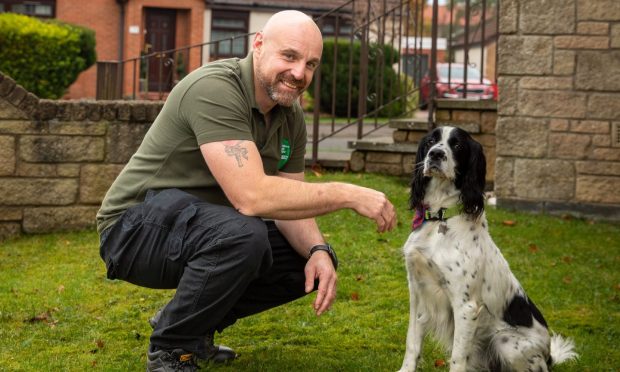
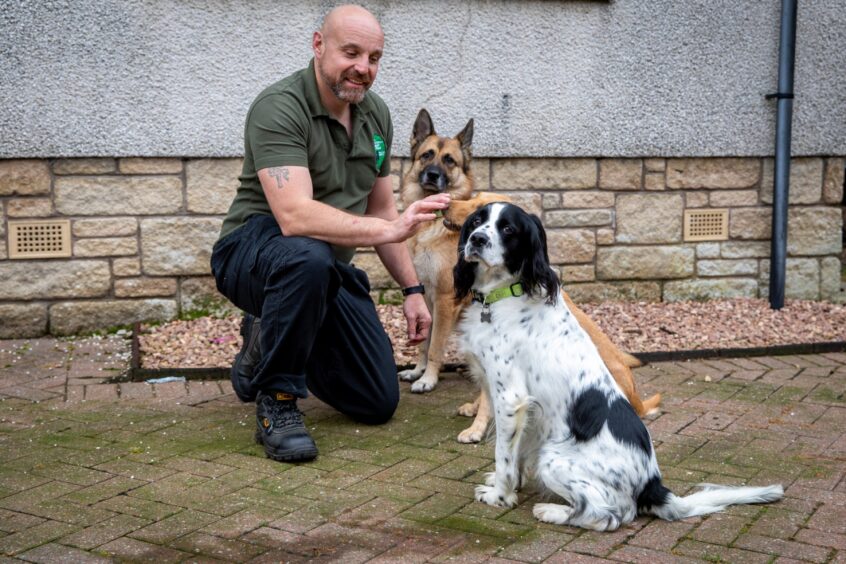
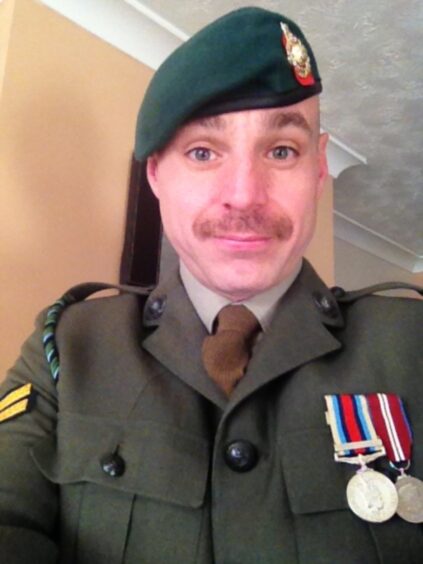
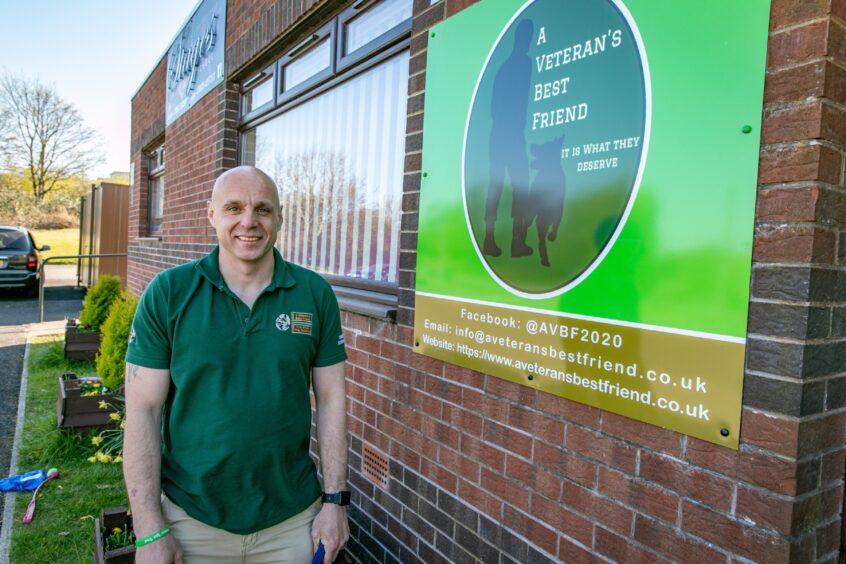
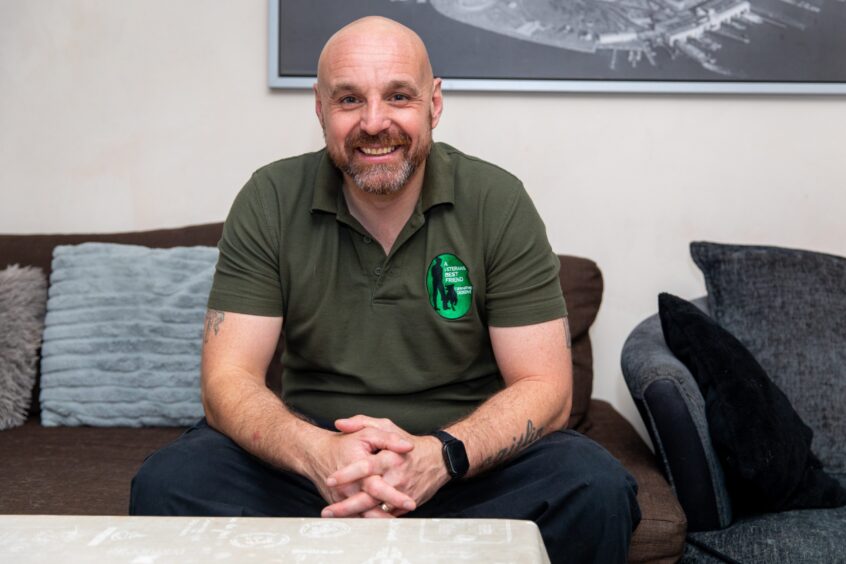
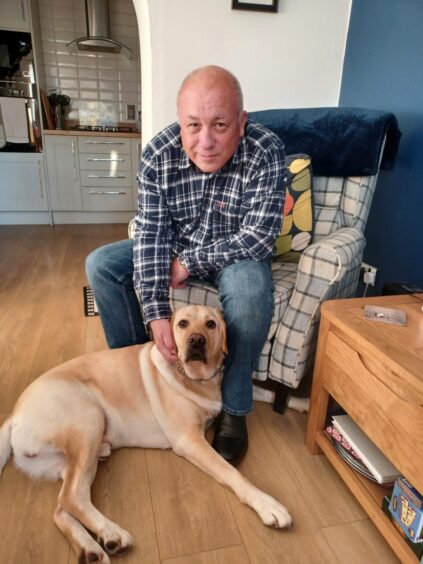
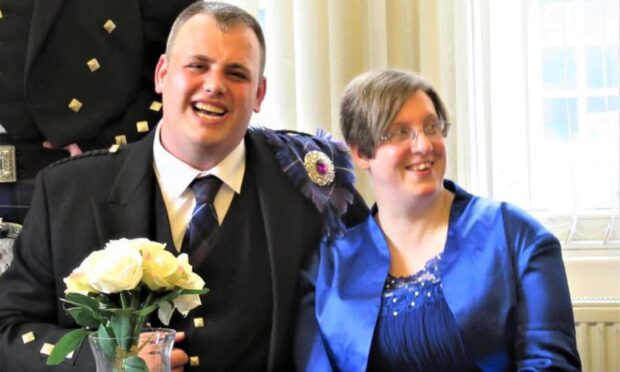
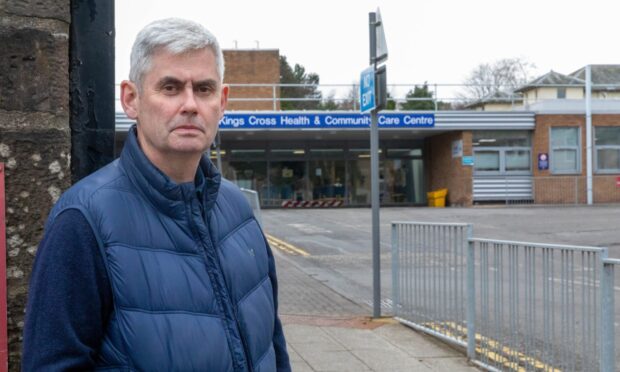
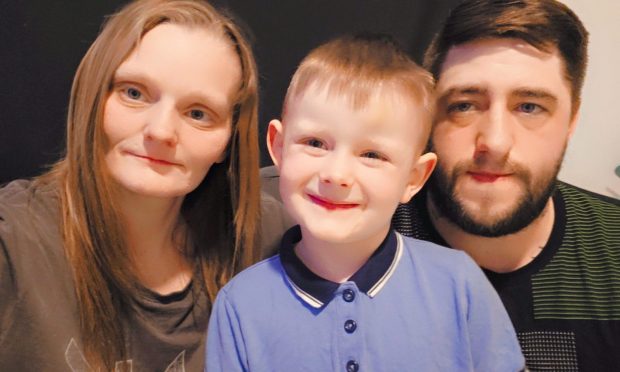
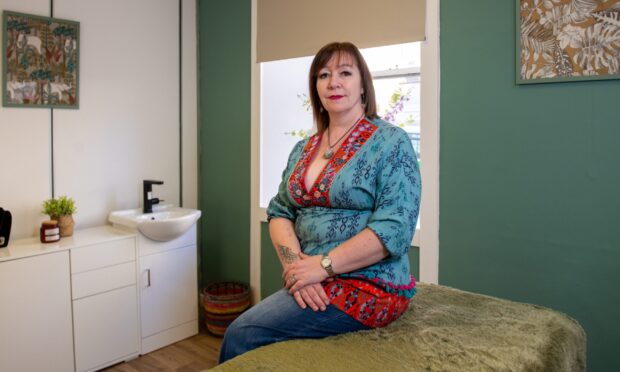
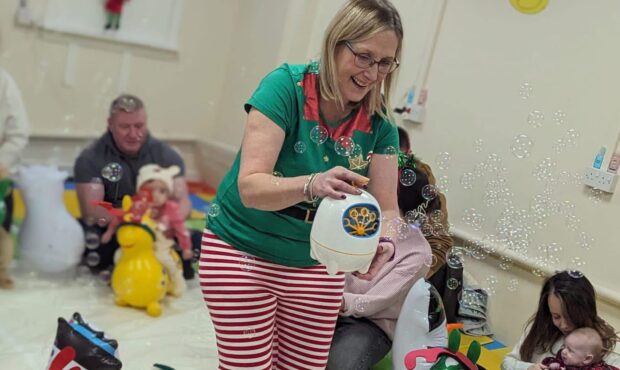
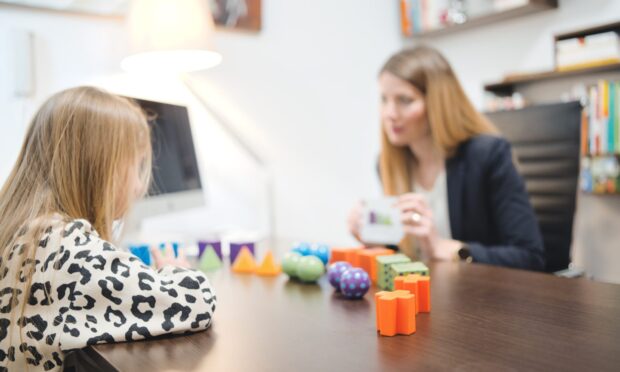
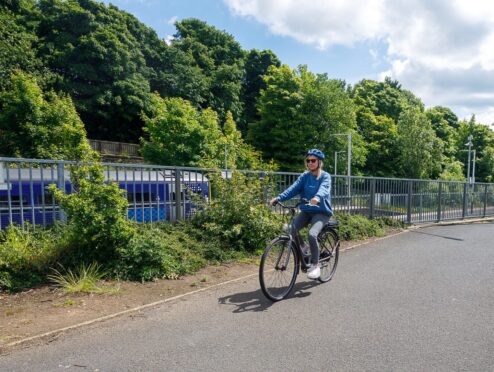
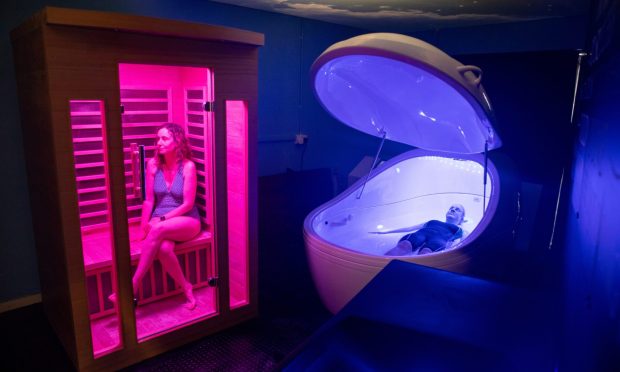
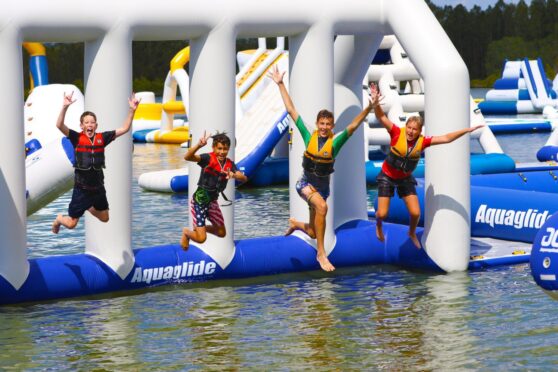
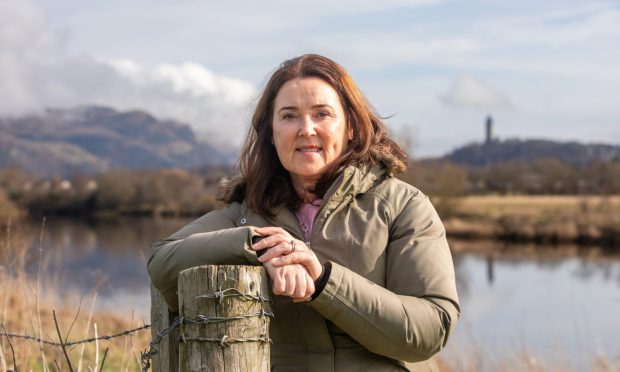
Conversation